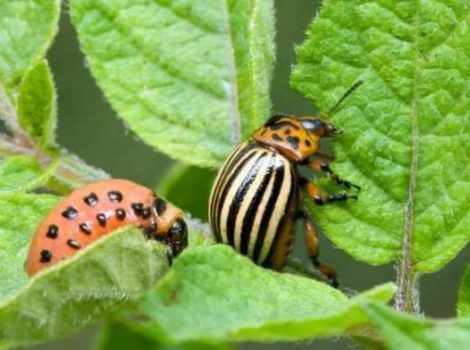Content
How to distinguish between squash and pumpkin seedlings
During the period when the seedlings are in a tight space before planting in the ground, and you have to rearrange the pots, it is possible to confuse some crops. If you can distinguish peppers and tomatoes from zucchini and cabbage, then pumpkin from zucchini is quite difficult to distinguish even for an experienced gardener.
Pumpkin and squash are related plants and belong to the same species. The seeds and young shoots are so similar that it is quite easy to confuse. It cannot be left like this, since you can't sit next to.
The main differences
You can distinguish:
- at the seed level;
- first shoots;
- with the growth of true leaves;
- at the time of transplant;
- at the time of the formation of the whip and the set of color;
- after the start of fruit formation.
Difference of seeds
- Zucchini seeds are longer
- Pumpkin seeds are round
You can remember how they look zucchini seeds in one beautiful way - longer than pumpkin seeds, like the zucchini itself, in contrast to the pumpkin.
The main characteristics of the seeds of these crops, and the difference:
- zucchini have more elongated, oval, and round pumpkin, with a less noticeable "nose";
- the zucchini is whiter, and have whiteness with some bloom, like plaster;
- the pumpkin is softer, their peel is easily scraped off with a fingernail, does not become a semblance of bark, like a pumpkin. The peel of pumpkin seeds, if you scrape it off a little, leaves a hard thin layer, like an eggshell;
- if the seeds are slightly soaked in water, the zucchini seeds remain lighter than the pumpkin seeds, which clearly turn yellow.
If you are leaving your seeds for seedlings for next year, store them. in homemade paper bags... And before you dry the seeds, do not over-wash them so that some dry pulp remains on the seeds, this will help to sort out in case of confusion.
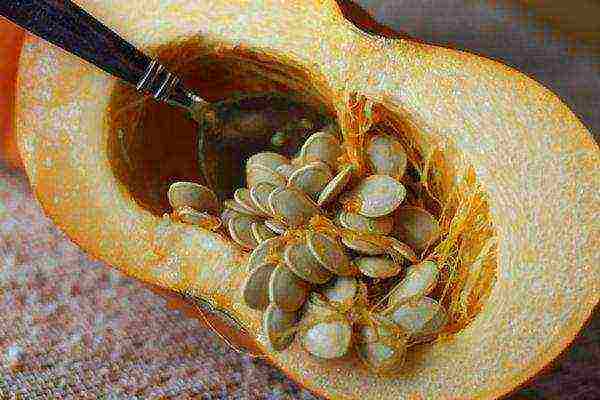
Seedling difference
Only a few know how to distinguish sprouted seedlings by the first cotyledon leaves and the full-fledged first leaf. Even experienced gardeners rarely pay attention to the differences, but if you take a closer look once, remember them, and this question will not arise for you anymore.
The seedling of crops is different:
- on cotyledon leaves - continue the shape of the seed. The zucchini have narrow and longer ones, the pumpkin has the opposite.... If you have both cultures, substituting them side by side, you will immediately understand who is who;
- pumpkin seedlings are always stronger and more dense. Less prone to stretching, and darker;
- pumpkin seedlings are tougher and more powerful;
- zucchini leaves are more strongly dissected, thinner in the light, in contrast to the second culture, the leaves of which are round and dense;
- the first pumpkin leaf has no sharp cornerlike a zucchini leaf.
- The cotyledonous leaves of the squash are longer and narrower
- For pumpkin seedlings, the opposite is true.
Similarities between squash and pumpkin
Some varieties are very difficult to distinguish especially varieties of oval light pumpkins... Their seedlings also have quite a few similarities. The seeds are less rounded and lighter in color. It is better to distinguish between similar varieties of seeds and sign immediately, during collection and drying.
If you do not attach importance to the little things, the seeds of crops are similar, like the first shoots, and even when the first flowers appear, you can doubt what kind of culture you have in the garden.
How not to confuse seedlings
At the time of planting seeds, many simply sign the pots. From moisture and water, the inscriptions fade and wear off. How can you avoid these problems and save time to unravel puzzles?
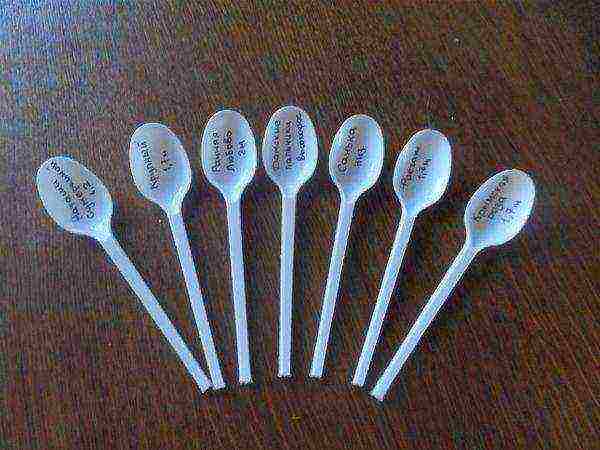
There are several tried and tested methods:
- It is necessary to keep the seedlings in different places, if possible, even in different rooms, as sometimes it blooms before planting in the ground, and can become dusty.
- Sign the pots with a waterproof marker, and glue the piece of paper with tape - so the water will not come out under the film. The labels should be different.
- Put colorful sticks in the pot, which, moreover, are convenient for loosening the soil in the pot before watering.
- Every seed needs to be sown in a separate pot, since the sprouts do not tolerate the rupture of the root system during transplantation. Ideally, sow seeds in peat pots that can be placed directly into the hole.
- If you are already confused, pay attention to the fact that the pumpkin is a stronger, more powerful plant, outwardly darker and its leaf is rounded. Sign and post them to different rooms.
Is it possible to plant a pumpkin and zucchini next to
These are plants of the same genus, and easily re-pollinated... If you accidentally planted them on the same bed, and during flowering and fruit formation, you noticed that these are different crops, you should not plant them, since an adult plant is unlikely to undergo a transplant.
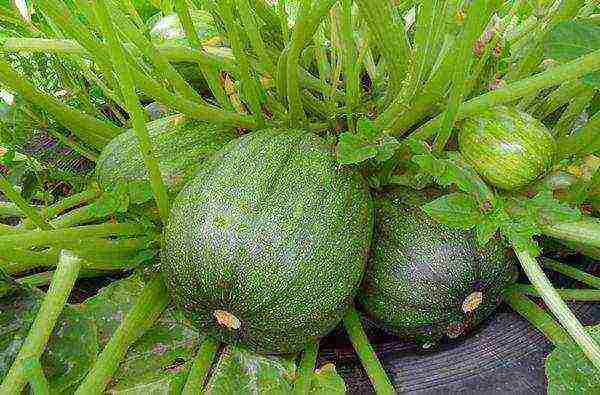
Also, if you do not plan to collect seeds, and buy new ones every year, there is no need to worry - no changes will happen to them, the only thing is that they may change somewhat in size and slightly change shape.
A common gardening practice is to plant plants at a distance more than 20 meters gives its advantages, provided that there is a third culture between the cultures. You cannot plant them together on the same bed.
If you grow these vegetables side by side and leave the seeds for the next year will change both the shape and taste of the fruit... The zucchini will become rounder, have a hard skin and change the color of the flesh. On the contrary, the pumpkin will become more oval, light, and lose its taste to neutral.
The seeds will change and lose their external differences. Vegetables will become something in between, between one and the other. Such "selection" is undesirable, as it leads to a complete loss of culture as such.
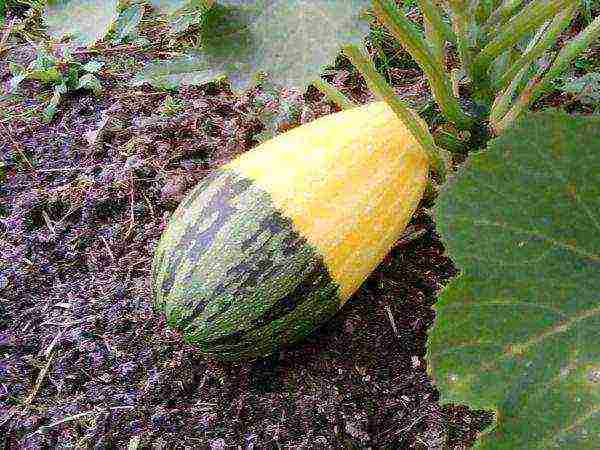
If you are trying to keep the variety, follow the planting rules, do not cross. And you will always have healthy vegetables with original flavors and colors.
If you buy seeds annually, there is no need to worry about this, as in one year there will be no changes to your favorite vegetables.
